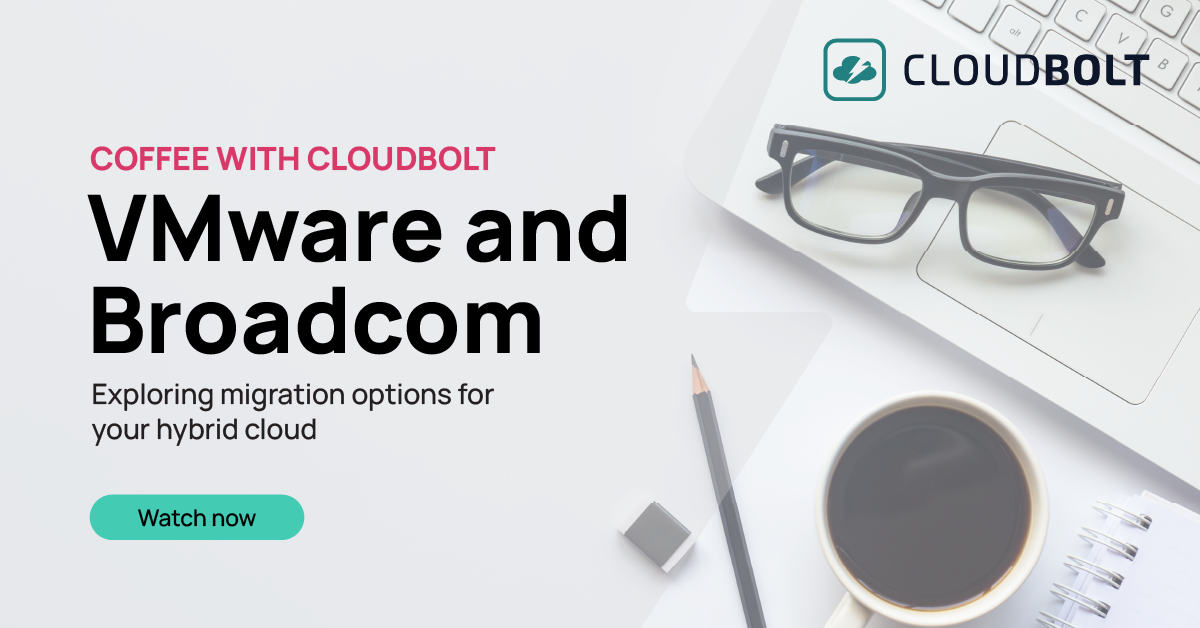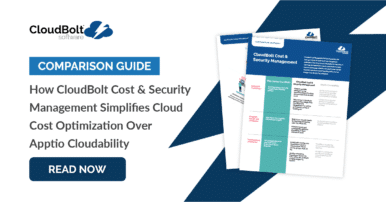
Organizations are rapidly migrating to the cloud to leverage the flexibility and scalability offered by cloud services. However, more and more companies are discovering that traditional IT finance management tools and frameworks are proving inadequate to manage growing cloud spending.
The decentralized and on-demand nature of the cloud results in overprovisioning and underutilization of resources if not managed effectively. Organizations must find better ways to allocate current costs and predict future cloud spending. Cloud financial management (CFM) offers a strategic way for organizations to manage, allocate, forecast, and optimize their cloud spend to ensure effective use of resources. It is a systematic framework that not only impacts costs but also enhances productivity through effective collaboration and intelligent automation.
This article delves into the best practices for cloud financial management and explains why it is an essential need for organizations moving to the cloud. We also discuss how the latest advancements, like augmented FinOps, are revolutionizing the field of cloud financial management.
Summary of cloud financial management best practices
| Best practice | Description |
|---|---|
| Establish cost accountability | Monitor and track which resources, workloads, and teams are driving the cloud bill. Enforce a consistent tagging strategy to keep teams financially accountable. Establish a central team for governance and policies across the hybrid cloud to realize business value. |
| Forecast budgets accurately | Establish an iterative cloud budgeting and forecasting process incorporating historical growth, seasonality, and workload drivers. Leverage the latest AI/ML tools to discover undiscovered trends and handle the dynamic nature of new workload provisioning. |
| Optimize resources at scale | Ensure continuous cost optimization by focusing on the elimination of idle resources, rightsizing resources to match workload requirements, and leveraging commitment-based discounts offered by cloud providers). Encourage proactive cost controls and find ways to reduce waste, from insights to implementation proactively. |
| Realize and track value | Integrate financial data with business performance metrics to guide cloud investment decisions. Establish a review mechanism to refine and revise unit metrics in accordance with business goals. Foster a culture of success and rewards to encourage effective cloud value realization. |
| Accelerate adoption with tools | Augment cloud financial management controls with tools like CloudBolt that use artificial intelligence to enhance data analysis and accelerate decision-making, thus freeing up organizational bandwidth for other productive endeavors. |
Establish cost accountability
The cloud offers engineering teams unprecedented flexibility and choice when it comes to spinning up new infrastructure. Its decentralized and on-demand nature can result in dozens of teams provisioning new infrastructure at any point in time, which is beneficial for experimentation and innovation but disadvantageous for cost management. IT owners themselves must manage several complex services and deal with technology costs that are difficult to track and trace.
The first step to managing this spending is to establish a culture of cost accountability across the organization. Cost allocation through tagging facilitates this process by clearly attributing costs to individual resources, workloads, teams, and business units. This encourages financial transparency into cloud costs and empowers organizations to implement chargeback and showback models, where teams are charged for resources consumed in the cloud.
Here are some of the common tags used across organizations for cost allocation, which can be generated either through CSPs or third-party tools:
- Environment: prod, dev, test, staging, etc.
- Application: The name of the application for a workload
- Owner: The owner of the workload
- Cost center: The cost center for the workload
- Automation (in/out): Whether automation has been opted in or out
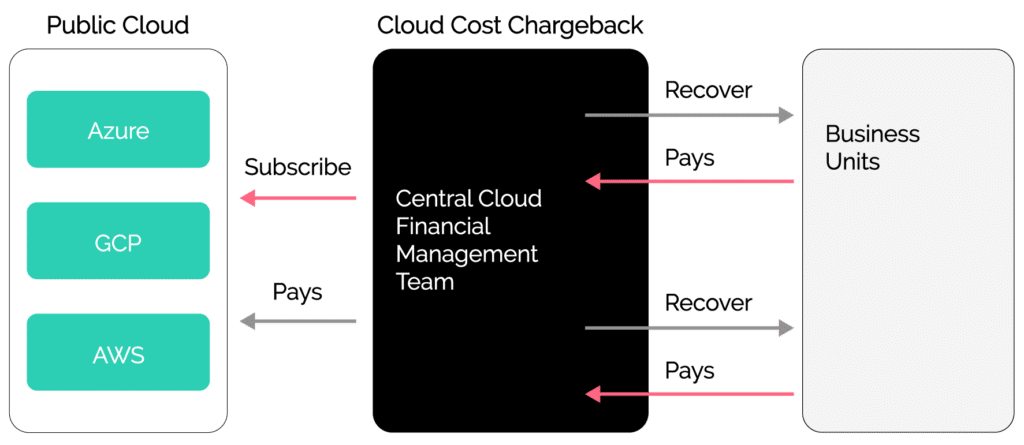
A consistent cost-allocation strategy should be backed by timely reporting and insights to end-users to provide them with complete visibility into their spending and help them identify any anomalies. Many mature organizations still struggle with this aspect of cloud financial management, dealing with issues like managing spending for hybrid cloud environments and proactively providing tailor-made insights to different organizational levels.
CloudBolt can help solve these issues for organizations by providing a unified platform to manage cloud and non-cloud spending categories like private cloud and SaaS services. CloudBolt’s augmented FinOps platform leverages the power of conversational AI to deliver real-time financial analyses that are tailor-made for different stakeholder groups.
Here are some examples of prompts that can be used for cost analysis:
- “Break down my AWS costs by departments and teams.”
- “Which services are responsible for the increase in my Azure bill?”
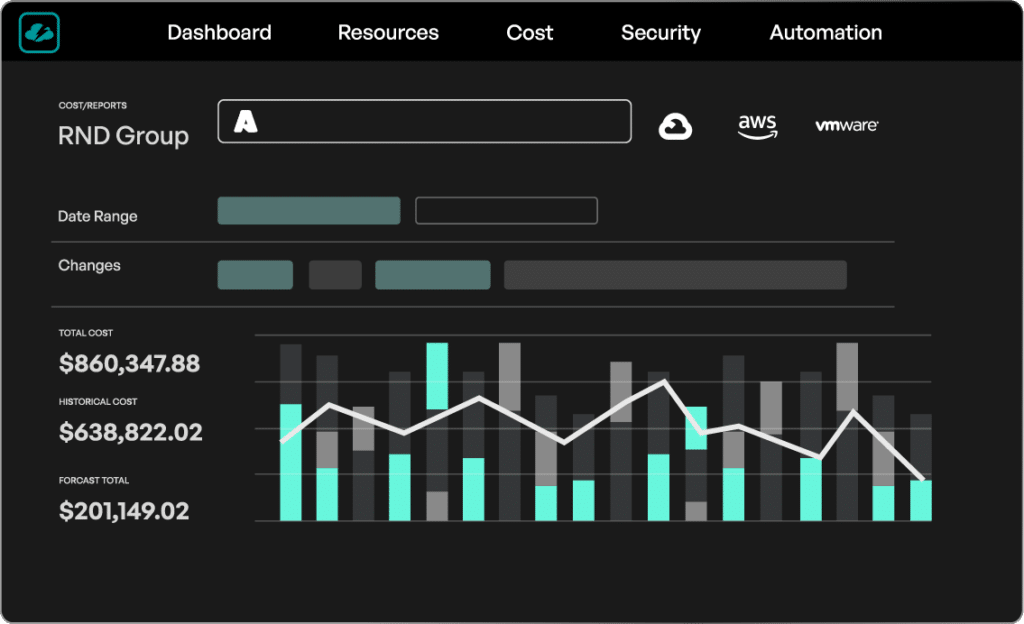
Forecast budgets accurately
Cloud forecasting and budgeting are other important components of cloud financial management (CFM) that help organizations plan and predict their infrastructure costs over a future period.
The budgeting and forecasting process involves predicting infrastructure spending by incorporating historical usage and carefully analyzing future infrastructure requirements based on the application lifecycle. An accurate forecast helps cloud financial teams intelligently allocate budgets between different business units. This forecasting process becomes complex due to the inherent dynamic nature of the cloud, which is difficult to predict.
These are some of the common challenges faced by traditional FinOps teams when forecasting cloud budgets:
- Businesses may be unaware of how to estimate new workloads.
- Engineering teams can spin up new resources whenever required.
- Actual usage doesn’t match with expected forecasts due to unexpected pricing changes.
- There’s a need to manage commitments to keep them aligned with forecast inputs and other factors.
Along with managing the aforementioned challenges, organizations also need to ensure that the variance between forecasts and actual costs is within established levels. The forecasts should also meet minimum forecast granularity (team, service, product, etc.) and frequency (weekly/monthly/quarterly) requirements, and proactive mechanisms should be in place to notify end users of significant variances and budget overspending.
Augmented FinOps tools like CloudBolt reduce the manual guesswork required to predict future cloud spend by leveraging advanced AI/ML algorithms to identify financial trends in the data. This is supported by customizable service patterns, including inherent guardrails to embed best practices into new workload provisioning. The tool also offers built-in control models and a paved road paradigm to budget cloud costs with superior accuracy.
Optimize resources at scale
Engineers typically operate in environments where innovation and velocity are the major driving factors, leading to cost considerations taking a backseat. In many instances, engineers are unaware of the potential optimization opportunities and consequently don’t take any remediating actions. Even in cases where opportunities are readily identified, engineering teams might find it challenging to act on the recommendations due to bandwidth constraints or performance concerns.
To realize maximum business value from cloud investments, organizations need to implement a comprehensive optimization strategy that addresses multiple factors at once:
- Usage optimization: Usage optimization focuses on reducing waste and idle sources while matching resource configurations to workload requirements. Examples include terminating idle virtual machines, rightsizing EC2 instances, right-tiering cloud storage, etc. This ensures that businesses only pay for resources that generate meaningful business outcomes and use the savings for more innovative use cases.
- Pricing optimization: In contrast, pricing optimization works with pricing models to optimize prices for services used in the cloud. Examples here include negotiating enterprise discounts with cloud providers, purchasing savings plans for EC2 services, and committing to consistent virtual machine usage. Pricing optimizations require a keen understanding of an organization’s historical usage trends, future requirements, and cloud provider pricing policies and models.

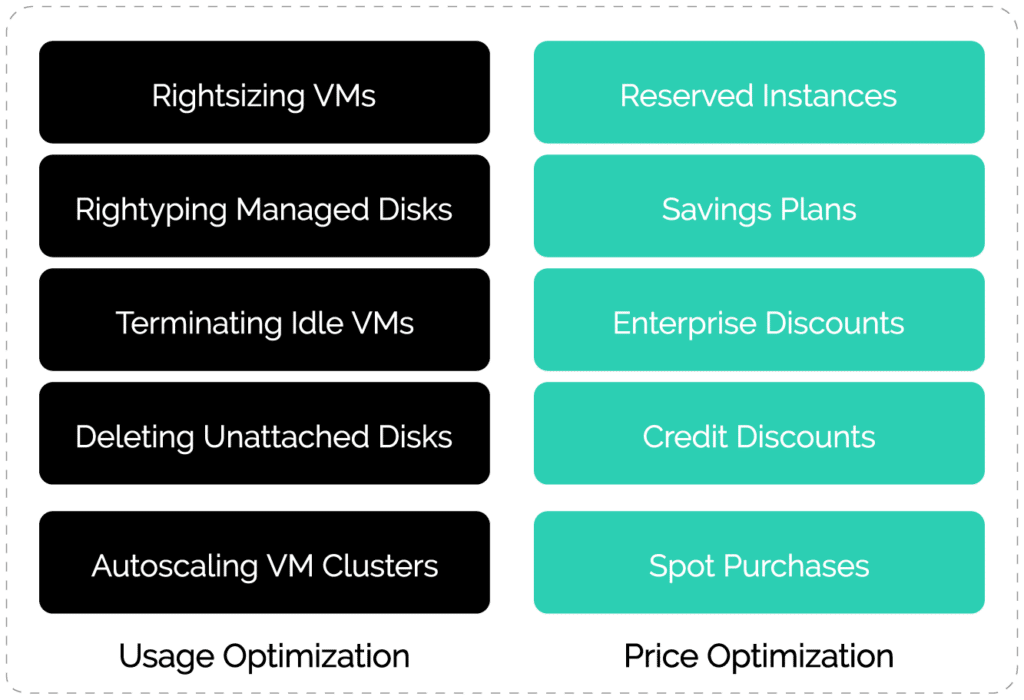
Products like CloudBolt use advanced ML algorithms and the power of conversational AI to provide customized performance-based and cost-based recommendations. The cost automation executes optimization activities at scale, which frees up cloud financial management and the engineering team’s bandwidth to focus on other high-value tasks. The tools also help you understand when you should purchase new reservations and when to let the existing reservations expire. Automated nudges and warnings provide engineering teams with timely alerts on reservation utilization while avoiding waste.
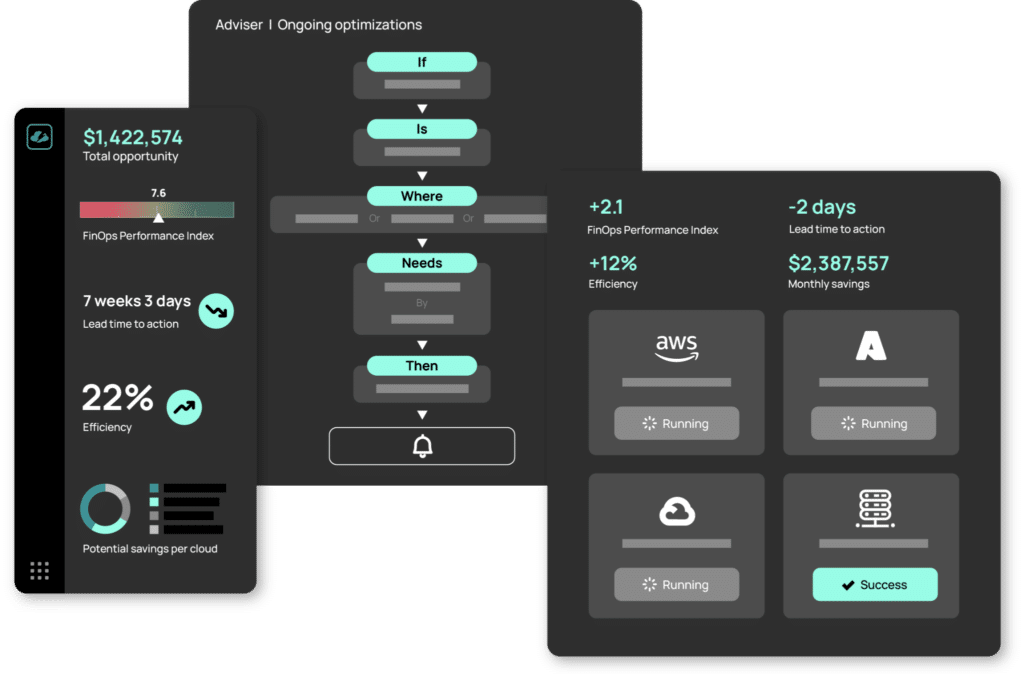
Realize and track value
The cloud offers organizations the required platform to accelerate development and innovation. This push for technological supremacy might result in cost allocation decisions that are suboptimal in nature. Businesses might end up investing their resources in areas that don’t necessarily push the needle in terms of correct business outcomes.
To realize the full value of the cloud, organizations need to tie their cloud investments to measurable business value. By measuring unit costs, businesses can get a holistic picture of their profitability and make data-driven investment decisions.
Organizations can start with metrics that are easy to define and for which the data is readily available. Examples include cost allocation percentage (the percentage of costs allocated to cost centers), average resource utilization percentage, and commitment coverage percentage (the percentage of purchases covered by long-term commitment discounts). As cloud financial management practices become more mature, they can eventually move to metrics that help with the quantification of business value.
Example of cloud financial metrics
As one example, a team might start tracking cost per million transactions for a customer-facing workload. To calculate the unit metrics, they would sum up the total cost of executing a million transactions (cloud + SaaS + licenses) and then track the result over time to quantify the impact of cloud investment on this important business outcome.
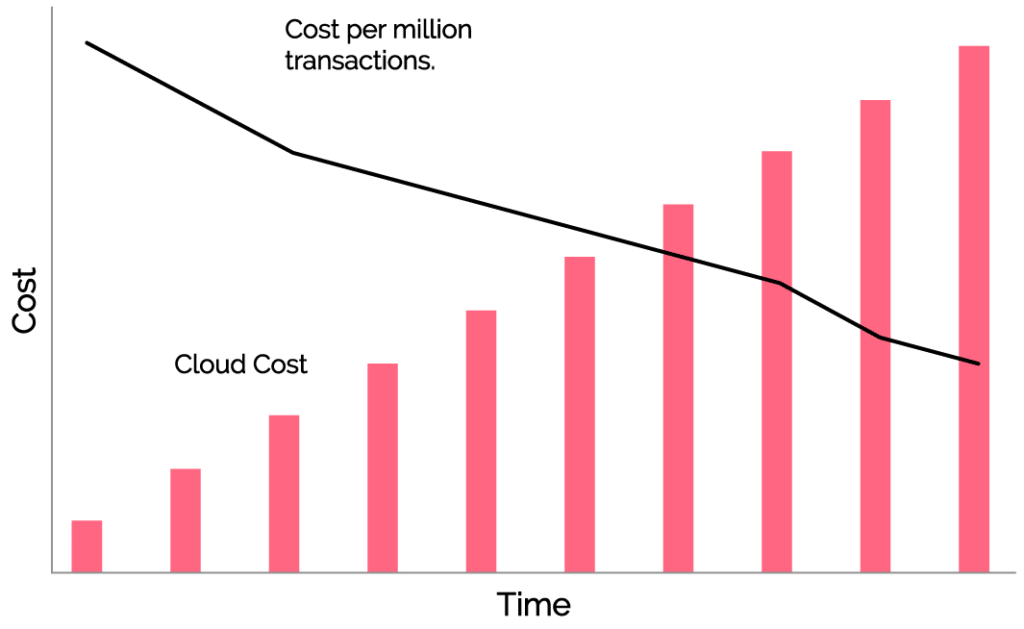
Well-functioning unit metrics can provide standard measurement criteria across products and teams. They also serve as an effective tool to bolster an organization’s forecasting capabilities and allow engineering teams to create a distinction between architecture-driven and demand-driven factors for an increase in cloud costs.
Augmented FinOps tools like CloudBolt allow for the integration of financial data with business performance metrics to guide investment decisions. For example, you can use the unit economics metrics of cost per CPU core hour and cost per GB of RAM to decide on reservation usage and commitment volumes. This benchmarking process results in investment decisions that are continuously evaluated over time. Continuous review and refinement of metrics, along with a culture that rewards and celebrates small wins, are foundational keys to a successful unit metrics strategy.
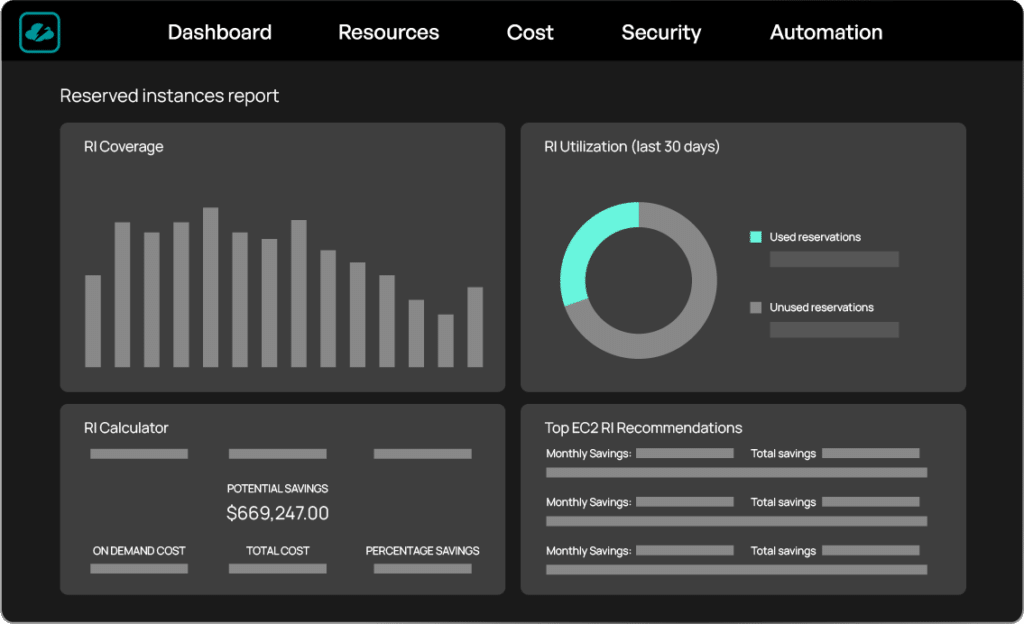
Accelerate adoption with tools
Organizations are increasingly operating in a hybrid, multi-cloud environment where they might be using a combination of on-premises infrastructure and multiple cloud service providers for separate requirements. The native tooling offered by cloud providers like AWS, Azure, and GCP, is not comprehensive and lacks the advanced features required by most cloud financial management teams. The capabilities can especially become lacking once businesses scale and add multiple cloud vendors or products.
Specialized multi-cloud finance solutions such as CloudBolt can accelerate the cloud financial management journey for organizations by providing fully featured cloud management solutions that support a range of cloud operation use cases through self-service, automation, and financial management.
External tools like CloudBolt can help augment cloud financial management journeys for businesses in a variety of areas.
AI-Assisted Analysis:
- AI-driven analysis of extensive datasets to identify internal or unidentified financial trends, variances, and themes critical for decision-making
- Employing AI to scrutinize multi-modal cost and performance data, pinpointing or predicting anomalies in cloud spending
Full-Lifecycle FinOps:
- Autonomous remediation, which involves implementing orchestration to expedite the transition from cost insight to action, thereby enabling the rapid correction of inefficiencies
- Feedback loops that integrate FinOps learnings into cross-functional practices to reduce future incidents of overspending, noncompliance, or financial missteps
Unified cloud fabric:
- Encompassing all pertinent cloud and non-cloud spending categories within a unified control framework to extend FinOps capabilities beyond the public cloud, offering a more holistic financial overview for the business
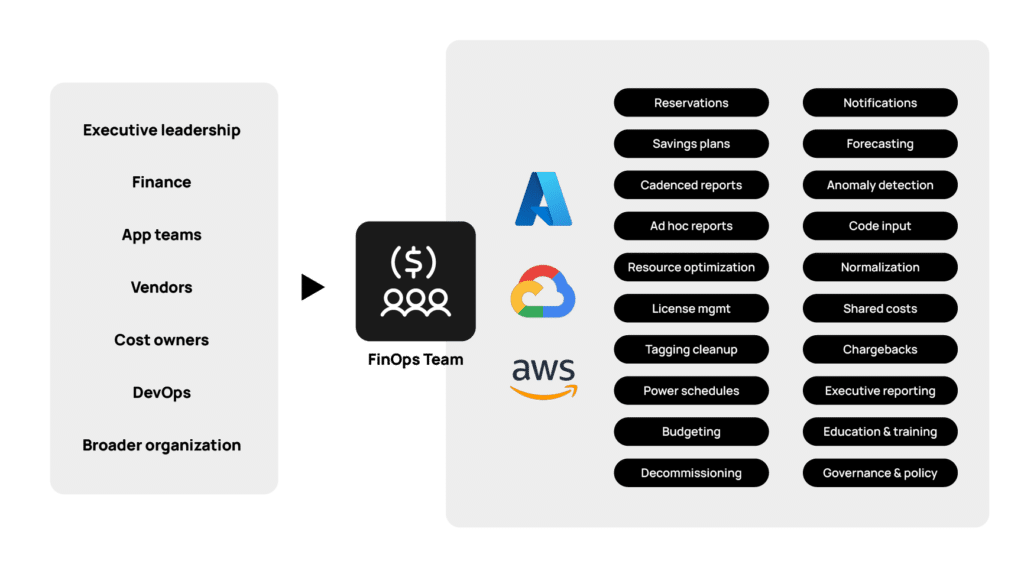
Featuring guest presenter Tracy Woo, Principal Analyst at Forrester Research
Final thoughts
The journey to optimize the cloud is a continuous and never-ending process that requires support and buy-in from all stakeholders, including engineering teams, executives, finance and accounting teams, and procurement teams. The traditional FinOps framework offers general guiding principles to the organization to help everyone collectively manage and optimize cloud costs.
While this serves as an excellent starting point for organizations in their FinOps journeys, there is an inherent need to adopt a more proactive approach to cloud cost management and optimization. Augmented FinOps is the next generation of FinOps that builds on traditional FinOps principles and goes further with an approach focused on the use of advanced AI/ML algorithms, intelligent automation, and continuous integration and deployment.
By combining flagship hybrid-cloud capabilities with the power of AI/ML, CloudBolt is bringing informed financial recommendations and intelligent automation to every cloud. The result is a new way of managing technology finances that abstracts the complexity away from decision-making by offering relevant financial insights and actionable recommendations tailored to individual teams and organizations.
Related Blogs

The New FinOps Paradigm: Maximizing Cloud ROI
Featuring guest presenter Tracy Woo, Principal Analyst at Forrester Research In a world where 98% of enterprises are embracing FinOps,…
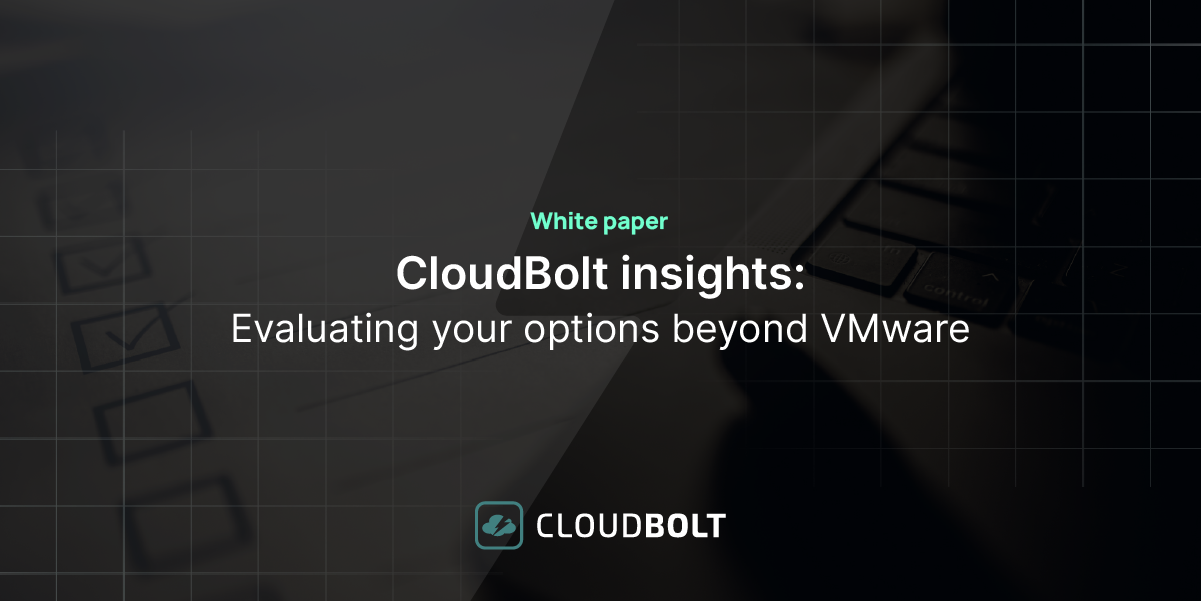
VMware Migration – Evaluating your Options
Near the end of 2023, millions of users waited with abated breath to see if Broadcom’s $69 billion acquisition of…




